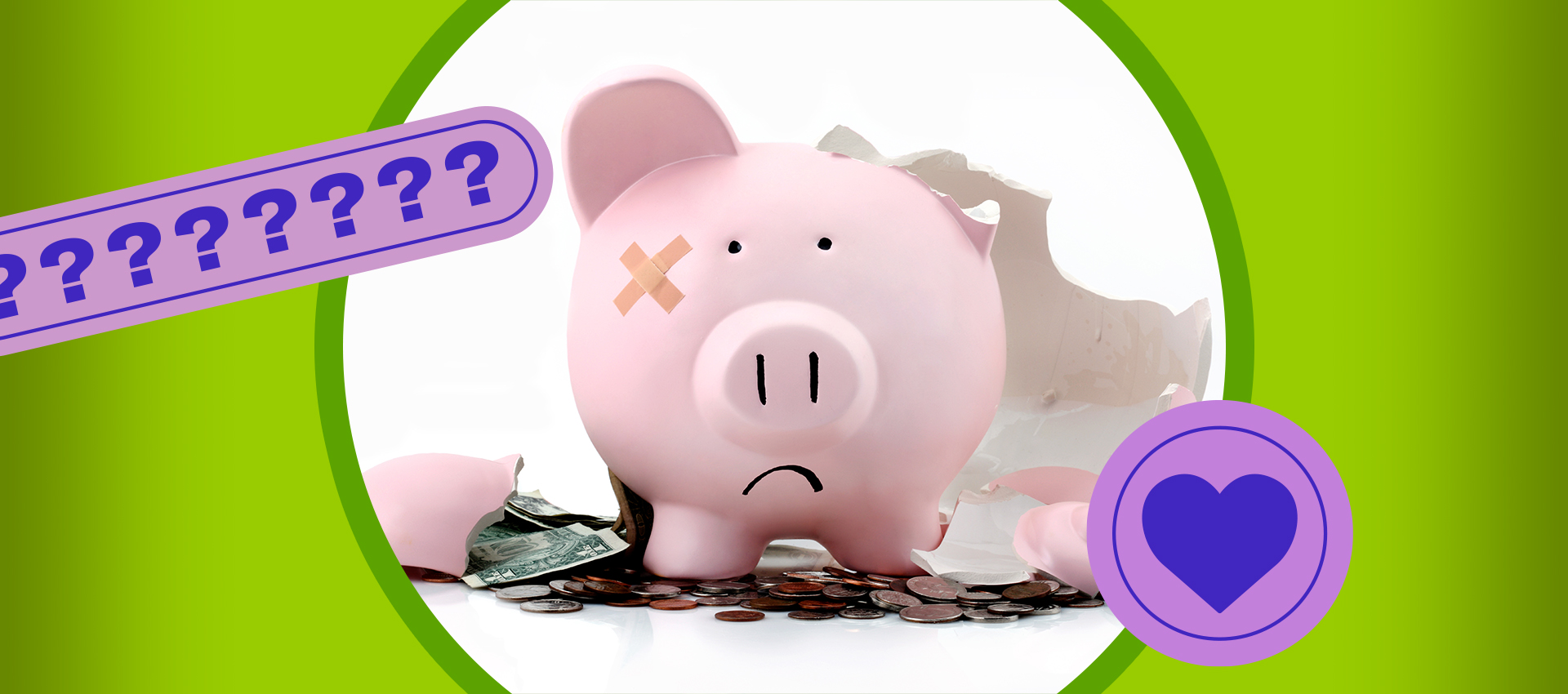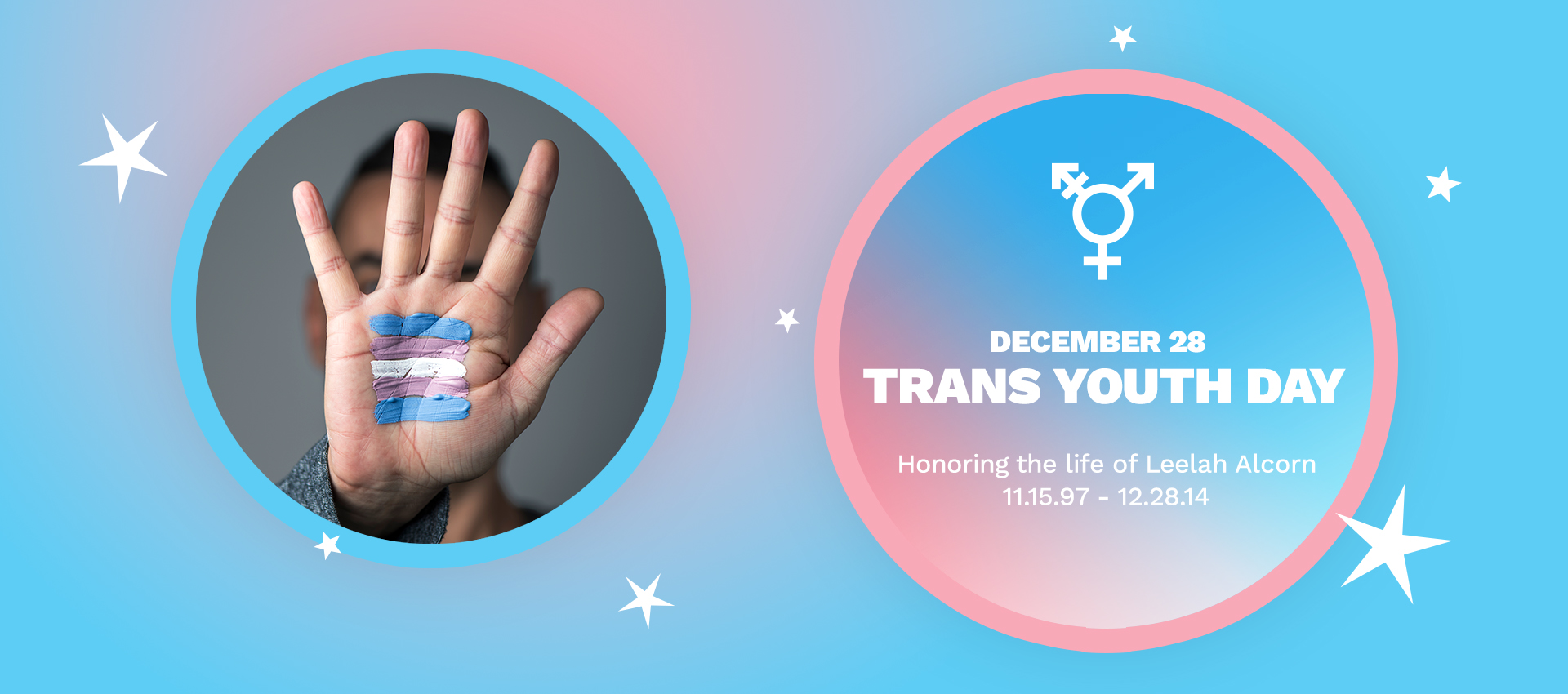Did you know that millions of people are affected by mental illness? In fact, 1 in 5 adults and 1 in 6 youth ages 6 – 17 experience some form of mental illness each year.
*Content Warning* Discussion of mental illness and suicide
Mental Health:
Mental health refers to our social, emotional and psychological well-being. It is much more than the absence of illness because our mental health affects how we think, feel and act.
Like other aspects of health, mental health impacts our overall well-being and is influenced by outside environmental and social factors – and it can also change over time.
What’s the difference between mental health and mental illness?
As defined by the American Psychiatric Association (APA), mental health “involves effective functioning in daily activities resulting in productive activities, health relationships, [and the] ability to adapt to change and cope with adversity.” Mental illness “refers… to all diagnosable mental disorders [and] health conditions involving significant changes in thinking, emotion and/or behavior, [in addition to] distress and/or problems functioning in social, work or family activities.”
Mental health is the foundation for emotions – like thinking, communication, learning, resilience, hope, and self-esteem, allowing us to function in everyday life.
Mental illnesses are diagnosable medical conditions that impact our ability to engage in daily activities. Just like with any other form of illness, mental illness is a medical condition and nothing to be ashamed of.
What’s Important to Know?
YOU ARE NOT ALONE!
Poor mental health is way more common than we think because the shame and stigma around mental illness prevent people from talking about it and seeking support. The good news is that these conditions are treatable, and you can get help if you struggle!
Common signs that may indicate poor mental health include:
- Experiencing feelings of hopelessness or worthlessness or feeling very angry and worried.
- Hurting yourself/others or destroying property.
- Feeling out of control.
- Using drugs or alcohol.
- Becoming obsessed with dieting, exercising or struggling with binge eating.
- Making reckless decisions.
Mental illness is one risk factor that may increase the chances of an individual experiencing suicidal thoughts, attempts and death by suicide.
According to the Centers for Disease Control and Prevention (CDC), “46% of people who die by suicide had a known mental health condition.”
Mental illness alone is not the sole cause of suicide. However, it is crucial to understand and acknowledge the relationship between them.
How Do I (Get) Help?
If you or someone you know is in crisis:
- Call or text 988 the Suicide & Crisis Lifeline to connect with a trained crisis counselor.
- The Lifeline provides 24/7 confidential support to anyone in suicidal crisis or emotional distress. Support is also available via live chat and offered in over 240 languages.
You can also turn to your healthcare provider for help! Healthcare providers screen every patient for mental illness and suicide and are trained in supporting and treating individuals struggling with their mental health.
Take control today and find a healthcare provider near you!



